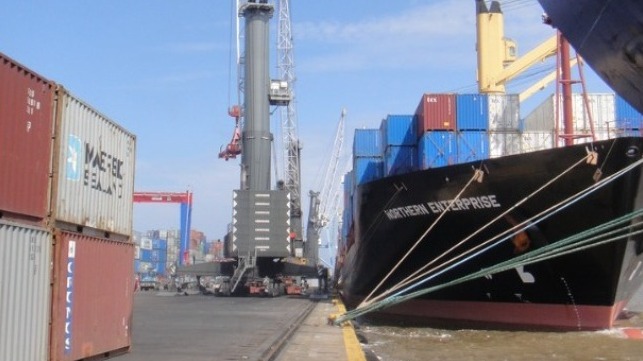UNCTAD Examines Effects of IMO Decarbonization Plan on Small Economies

The maritime industry is at the forefront of cutting its carbon footprint and building resilience to climate change impacts. It is in this regard that IMO has set guidelines for shipping industry to reduce greenhouse gas (GHG) emissions. This contains short-term mandatory provisions on the technical energy efficiency of ships’ propulsion systems and their operational carbon intensity. To achieve this feat will require new investments in fleet renewal, innovative ship design and clean fuel technology.
Although the resulting costs of the shipping’s decarbonization will be borne by all stakeholders, from carriers to consumers, a recent report (https://unctad.org/system/files/official-document/dtltlb2021d2_en.pdf) by the United Nations Conference on Trade and Development (UNCTAD) sought to assess the impact of IMO’s short-term GHG reduction measures on states.
UNCTAD’s assessment was anchored on the expected negative impacts to states through implementation of IMO’s short-term carbon reduction measures. The main area of focus was on changes on maritime logistics costs (transport costs and time costs), trade flows (imports and exports) and GDP impact to 184 economies.
“On average, developing coastal countries will be affected more by the proposed IMO short-term measures, compared to coastal countries in developed regions. Results show an average small increase in maritime logistics costs which translates into a slight decline in global trade flows and GDP. These changes will lead to potential shift in logistics and trade patterns, including potentially trading more with less-distant markets and some regionalization,” the report noted.
Impacts affecting countries’ trade and GDP depend on factors such as trade openness, modal share of trade flows, the price and value of time traded products and commodities, the types of ships and distances travelled. Thus, changes in maritime logistics costs will lead to changes in countries’ trade flows (imports and exports) and ultimately GDP. This is not to mean that developed economies will be spared by these impacts, but some trade aspects in developing economies will render them more vulnerable. They include distance to global markets, low economies of scale, the extent to which the countries are dependent on commodity exports and the type, size and age of the ships that serve their markets.
Specifically, countries within supply chains that are considered unusual or outliers might experience a steep increase in maritime logistics costs - more than 50 percent in the case of some trades. This will likely regionalize trade flows or lead to loss of trade, UNCTAD concluded.
“SIDS (Small Island Developing States) and LDCs (Least Developed Countries) in particular will require technical and financial support to mitigate the costs of adjusting to low carbon shipping,” said Shamika N.Sirimanne, director of UNCTAD’s technology and logistics division. “These vulnerable countries already face higher transport and logistics costs, with most of their trade depending almost exclusively on maritime transport to access regional and global markets.”
The report found that small-sized vessels plying short-sea shipping routes would be negatively affected compared to larger ships traveling longer distances. Costs may also rise when deep-sea liners are required to go slower to meet the short-term operational requirements, leading to skipped port calls and greater use of feeder vessels. In essence, the IMO measures will not only lead into potential changes in ship costs, but also changes in ship travel, fleet distribution, routing patterns, and market and regional connectivity levels, UNCTAD concluded.
